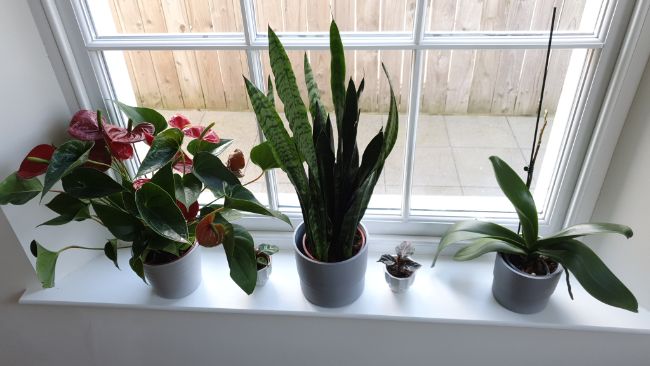Indoor plants don’t just look good—they can make us feel good, too.
Studies have shown indoor plants can boost moods, productivity, concentration, and creativity. They reduce stress and fatigue and clean indoor air by absorbing toxins, increasing humidity, and producing oxygen. Plants can add life to sterile spaces, offer privacy, and reduce noise levels. Caring for plants indoors can also be therapeutic. It’s surprising what a stroll in the park can do to lift one’s spirits. This is because connecting with nature enhances our wellbeing. Spending time in green areas outside might lessen mental exhaustion, promote relaxation, and even enhance cognition.
On the other hand, the U.S. Environmental Protection Agency estimates that we spend 90% of our time indoors. Indoor plants can help in this situation. Indoor plants can offer comparable advantages to the “great outdoors,” even though they cannot replace it. According to some studies, even a little exposure to the outdoors—such as touching actual foliage—can have a subconsciously relaxing impact.
So, what is it about nature and plants that contributes to our happiness and well-being?
One thought is that we are genetically linked to nature and other living things. While scientists and philosophers have long examined humans’ natural affinity for plants and animals, there’s a biologist named Edward O. Wilson who introduced the concept with his book Biophilia (1984). Wilson discussed the Biophilia concept, which contends that all people have a deep-seated biological desire to interact with other living things, including other people, animals, and the natural world. With the growth of urban areas and our increasing interaction with technology over nature and one another, the Biophilia theory is becoming more and more relevant. Reestablishing a relationship with nature must be our first priority if we want to live happier, healthier lives.
Plants can enhance our surroundings now that we have a better understanding of how they can enhance our emotions.
In addition to their immediate aesthetic appeal, plants can help with invisible changes like improved indoor air quality. There are several ways that indoor plants might enhance indoor air quality. Plants emit oxygen and absorb carbon dioxide through photosynthesis. They also release moisture vapor and raise humidity levels through transpiration and evapotranspiration. According to a study that NASA conducted (The Clean Air Study) indoor air can be purified of volatile organic compounds by houseplants and the microbes they are linked with. Not only can pollution be found outdoors in crowded areas, but it can also be found within the buildings that we visit, work, or live in. Common objects, construction materials, and machinery can all generate airborne poisons and polluting gasses.
If you think that you can’t take care of plants, here are ten plants that require having no green thumb.
Air Plants
Anthuriums
Bamboo
Bromeliads
Kalanchoes
Money Tree
Orchids
Peace Lily
Pothos
Succulents








